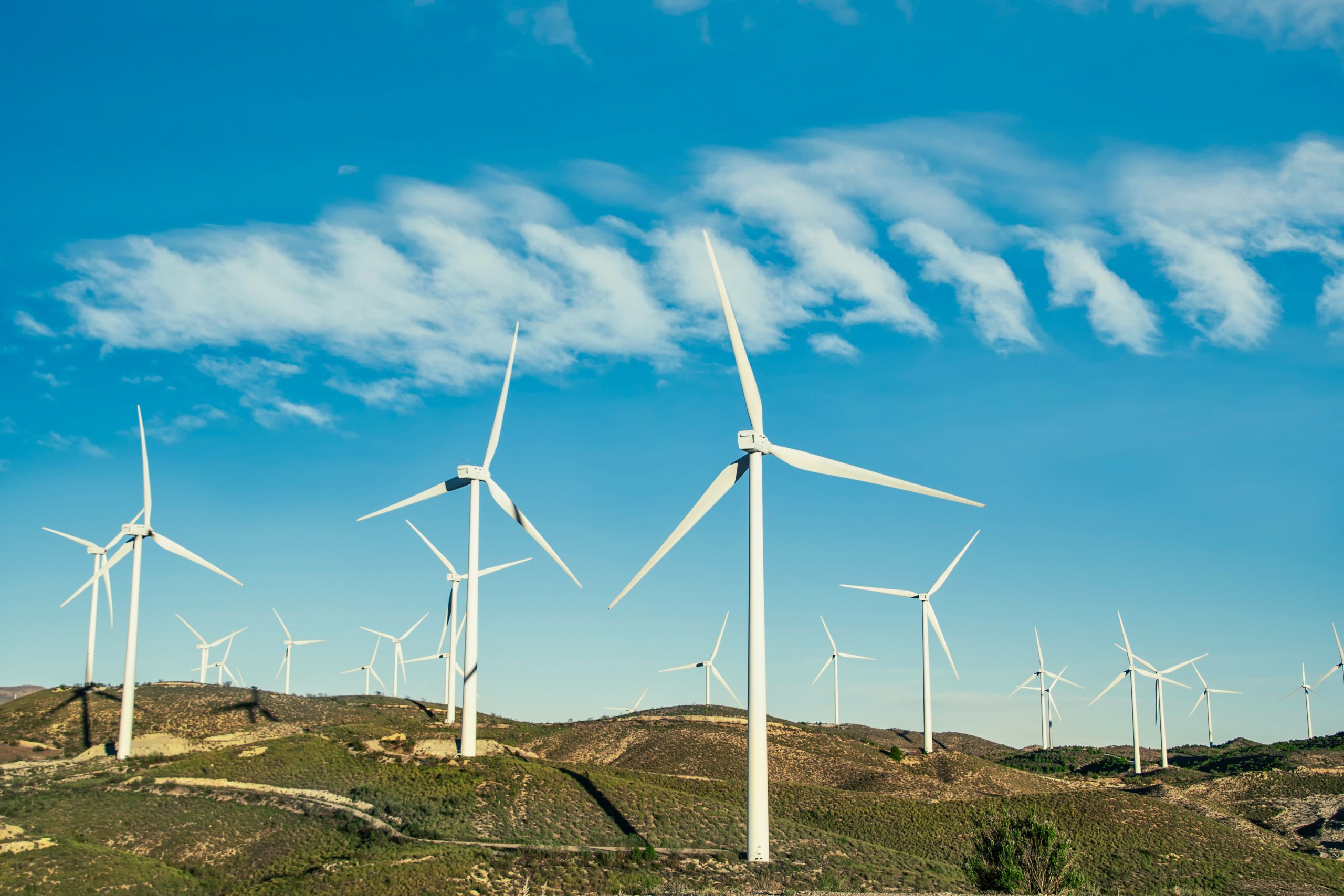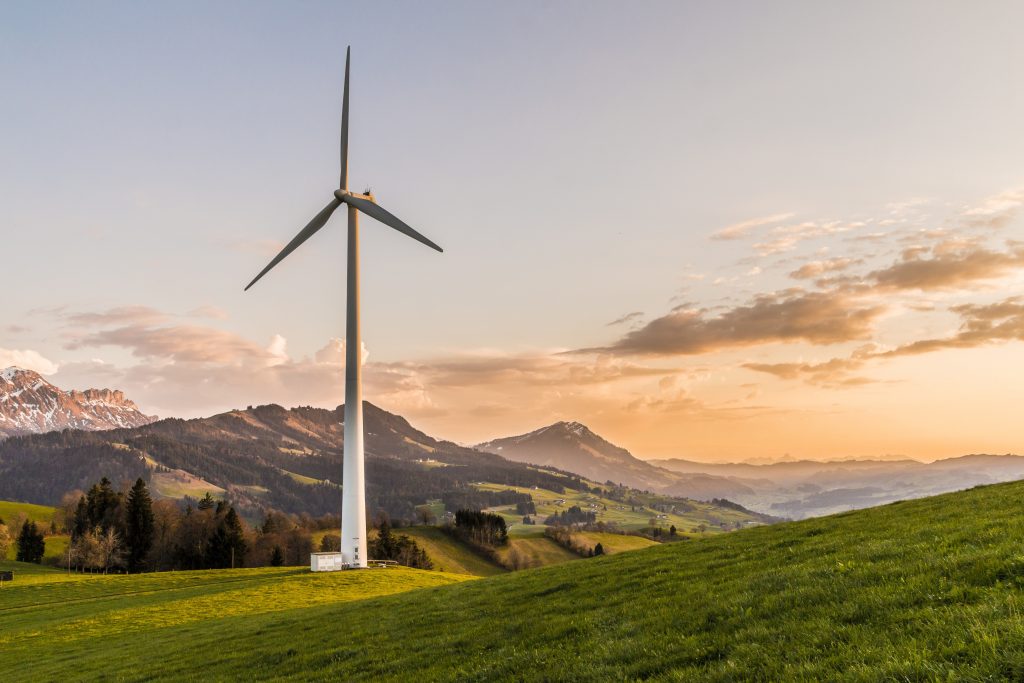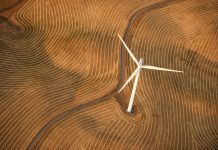Wind energy is no longer new, and a growing collection of generation assets has been operational for well over a decade. With the first flush of youth (turbocharged by subsidies) behind them but many years ahead before mandatory retirement, these early-mover assets can pose challenges for owners and operators.
The chances are that turbines installed in the early 2000s will have been technologically surpassed by bigger, more modern turbines capable of providing a lower levelized cost of electricity (LCOE). For site owners and operators, the question naturally arises over what to do with these middle-aged assets — should they persevere for as long as possible, or dismantle and upgrade to the newest models?
The latter option, known as “repowering,” is certainly popular. Renewable UK makes the case for upgrading 12 GW of such capacity onshore alone. And you can see why: Even with the government backing onshore wind once again, it’s not easy to secure a patch of land (or coastal shelf) with planning permissions and infrastructure ready and waiting for new turbines.
However, tearing down and replacing perfectly serviceable turbines can also be seen as a rather drastic option. It is expensive, for a start, and inevitably entails an additional carbon cost for the manufacture, transport, and installation of new components — on top of recycling challenges for the old ones. Repowering is certainly an option to consider, but should it be the first one to resort to?
Not necessarily. There are lower-investment, lower-risk options to explore first. In our experience, there can be large reserves of unrealized value in these older projects hidden in their data. Once properly collected, cleansed, and analyzed, talented engineers can uncover immediately actionable insights to improve asset performance and extending life — thereby yielding more green energy and improving commercial outcomes.

Slow-Simmer and Acute Pressures
Why might we say that early wind assets are reaching midlife crises? Through a combination of long- and short-term pressures.
A new turbine or wind farm can generally be assumed to run pretty efficiently. Logic dictates that, as time goes by, components degrade and inefficiencies creep in. A common issue is blade surface degradation — a slow-build issue with a gradual impact on turbine efficiency. Other issues are less gradual and more abrupt, but nonetheless become progressively more likely over time. Anecdotally, we have seen that the design lifetime of certain common drivetrain components has probably been overestimated — something that has only become clear as the industry has built a library of real-world operational data over time. Physical componentry therefore introduces both slow-simmer and acute pressures over time that affect the risk/return profile of owning or operating a mid- or late-life wind asset.
More prosaic operational factors can also add to those efficiency pressures, too. For a lot of older wind assets, service contracts — or even ownership of the asset itself — have changed hands one or more times by now, meaning the company running the asset today is often not the one that designed and commissioned it. In theory, this should cause no issues — but that theory depends on perfect technical handovers and knowledge transfer, and, in the real world, aspects of operational history are often lost. This could be rectified at handover or due diligence stage with sufficient investigatory work, but companies looking to run a lean wind portfolio can be daunted by the prospective spend.
To these relatively steady pressures, we can also add some highly specific and exceptionally acute ones. For example, the current global energy commodity price rises, coupled with a European strategic acceleration towards energy independence due to Russia’s actions in Ukraine, add heat to an already hot renewables market. Power prices are high and look set to remain so for the near future, adding extra pressure for owners and operators to get the most megawatt hours out of their assets as possible, as soon as possible.
Squeezing Extra Value from Wind Farm Data
It’s clear, then, that there is a huge potential upside in optimizing wind-asset performance. Versus repowering and replacing, projects can be completed in a fraction of the time and for a fraction of the cost with little-to-no supply chain risk.
That begs the rather important question of how. The good news is there is typically a wealth of untapped value in the data that asset operators tend to already have in hand. However, many companies leave that value unrealized either because they don’t know it’s there or suffer from misperceptions about how difficult (read: expensive) it can be to uncover.
For example, older turbines often exhibit yaw misalignment, reducing the asset’s efficiency. This is relatively easy to assess using existing datasets, even if older assets lack some of the problem-specific data acquisition found with newer technologies.
In a multi-turbine context, it can be helpful to identify turbines with particularly high- or low-load metrics vs. others in the same farm or vs. industry benchmarks for similar technology. Operators can then make intelligence-led decisions on which assets can be sweated for more value by running at increased load and which are vulnerable to excessive fatigue. In the ideal world, operators would sweat each asset for maximum value while also taking care for all co-located assets to reach end-of-life at roughly the same time ahead of a repowering project. What they don’t want is for some assets to fail after 20 years and others to stretch to 30 years with money left on the table in the interim. Live load management informed by intelligent analytics can help them achieve that balance.

Work with what you’ve got
Wind farm owners and operators — whether they’re looking at a site they’ve managed for 15 years or one they acquired the week before — often assume uncovering these opportunities for optimization requires heavy investment in state-of-the-art new data collection hardware and sophisticated performance analytics. While this may be true if the goal is to eke every theoretically possible drop of value from an asset, in our experience, smart turbine engineers supported with built-for-purpose data analytics tools can achieve a great deal with the data already held within the organization.
Too often, the default approach is to design complex analyses that end up being expensive, taking a long time to implement and being so situation-specific that they don’t scale. However, even for turbines reaching middle-age, there is usually more than enough underutilized data to extend asset life, increase efficiency, produce more renewable energy, and, ultimately, bolster the balance sheet. After all, the most valuable data is the data you already have.



























